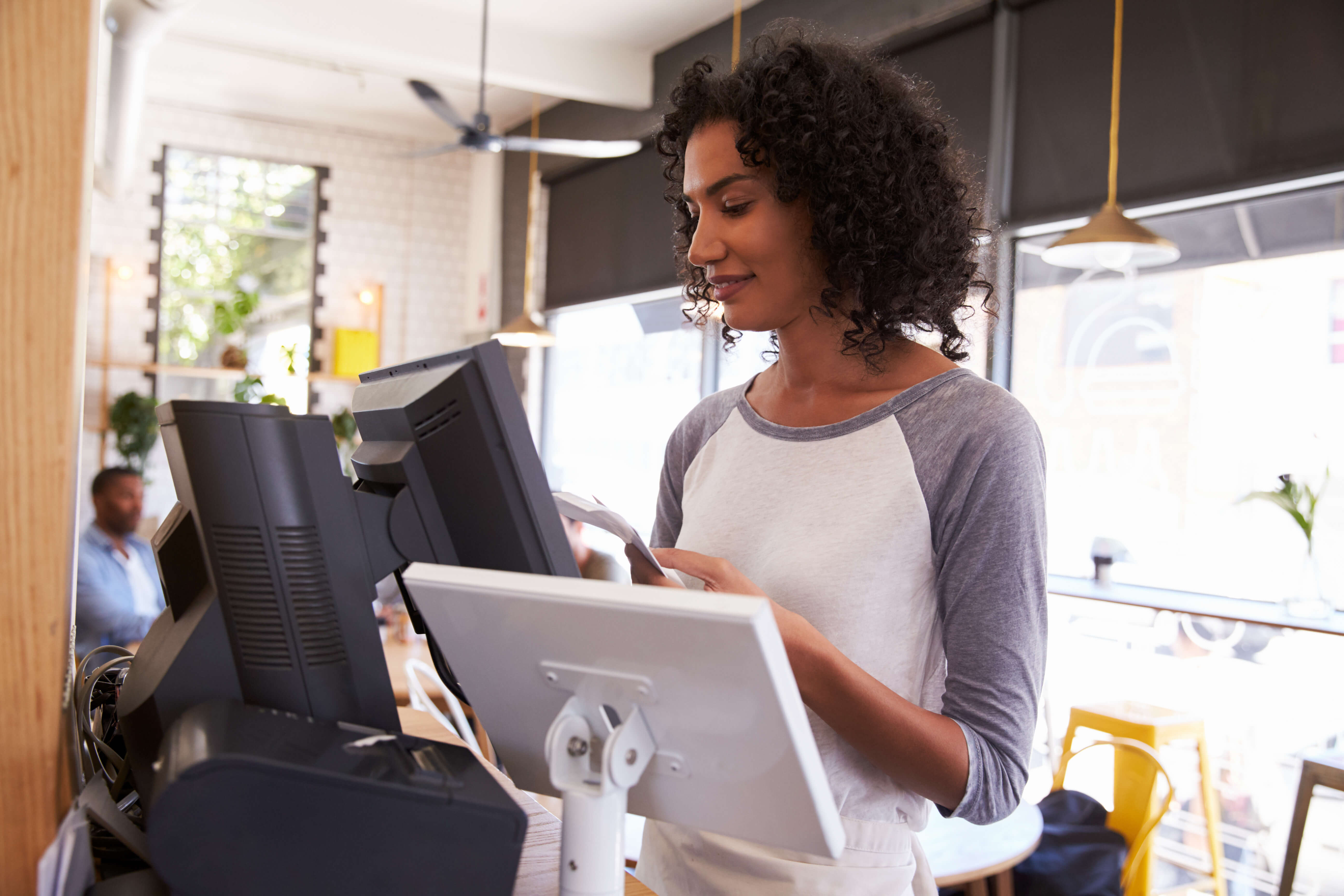Your customers enjoy many benefits from the option of ordering online. They save time and skip the line, while your employees can minimize error in preparing their meals.
Your POS system is a great place to manage Online Ordering and give you a clear picture to your customers. Does your POS measure up? A solid POS should have the following online ordering features:
· Full menu integration. Your OLO menu offering should mirror the POS menu, in other words, it should utilize the same database. That way, in case you ever need to change a price or menu item, you only have to change it once in the POS system. This minimizes confusion, and cuts down on potential for human error.
· Item stock depletion. If your restaurant has limited stock of a particular menu item, your POS should have the ability to count down the limited supply, and stop offering the product for sale when the item is out of stock. This limited stock count is shared and depleted between both the In-House POS and the Online Ordering Portal.
· Gift Cards & Tipping. In addition to paying by credit card online, the system should have the option to accept and sell gift cards as part of the order. Through your POS, OLO guests can also add a tip to hardworking servers, cashiers, and cooks who are busy getting their order ready. This is an important option as it reduces friction when guests don’t have any cash but still want to tip.
· Confirmation emails: Your guests want to know that their order has been received, so your POS must have confirmation emails sent to OLO customers. These emails will also clarify if the guest has already paid online, or if he or she is expected to pay in person upon arrival to the restaurant.
· Dynamic lead time: During busy periods, the restaurant can increase the lead time for online order to be picked up, right on the POS. No need to call and request this change or log into a website, which means you can spend less time managing and more time servicing your customers.
Your POS should have a mobile app as an option. Consumers prefer apps over mobile sites, because apps offer a better experience through benefits like speed, extra features, special offers, and ease of use. Simply direct the customer to your online ordering portal that synced with your POS.
OLO through your POS is a great way to eliminate mistakes made via phone or in-person order accuracy. Fewer incorrect orders means more time, resources, and money for your business. And, allowing consumers to control the experience through placing the orders themselves means efficiency and transparent order accuracy.
Are you looking to integrate OLO into your POS? OLO is a free feature of MobileBytes. Using this mobile POS system, you can deliver a seamless ordering experience to your customers. MobileBytes also collaborates with restaurants to create customized marketing pieces, like table tents, promotional cards, and posters, to create more revenue streams for restaurants.



 If you’re a growing small business, the fees can be exorbitant. Some restaurants use five or six different third-party online ordering systems, including GrubHub, DoorDash, Eat24, or Seamless. Transaction fees can take a whopping 10% cut from restaurants, and still leave businesses with operational tasks. Some orders might come via email, some arrive at a tablet POS at the storefront, and some require re-entry into your existing POS systems. When you start adding manual tasks that are inconsistent across third-party systems, the time and labor costs really start to add up. The result can be employee confusion about processes, and delayed food deliveries to impatient customers.
If you’re a growing small business, the fees can be exorbitant. Some restaurants use five or six different third-party online ordering systems, including GrubHub, DoorDash, Eat24, or Seamless. Transaction fees can take a whopping 10% cut from restaurants, and still leave businesses with operational tasks. Some orders might come via email, some arrive at a tablet POS at the storefront, and some require re-entry into your existing POS systems. When you start adding manual tasks that are inconsistent across third-party systems, the time and labor costs really start to add up. The result can be employee confusion about processes, and delayed food deliveries to impatient customers.